I'm about to hop into a taxi in Los Angeles when a woman on the street yells out: "Are you sure about taking that cab? Do you trust it?"
The woman has a reasonable cause for concern because - you see - I'm about to take a cab that doesn't have a driver.
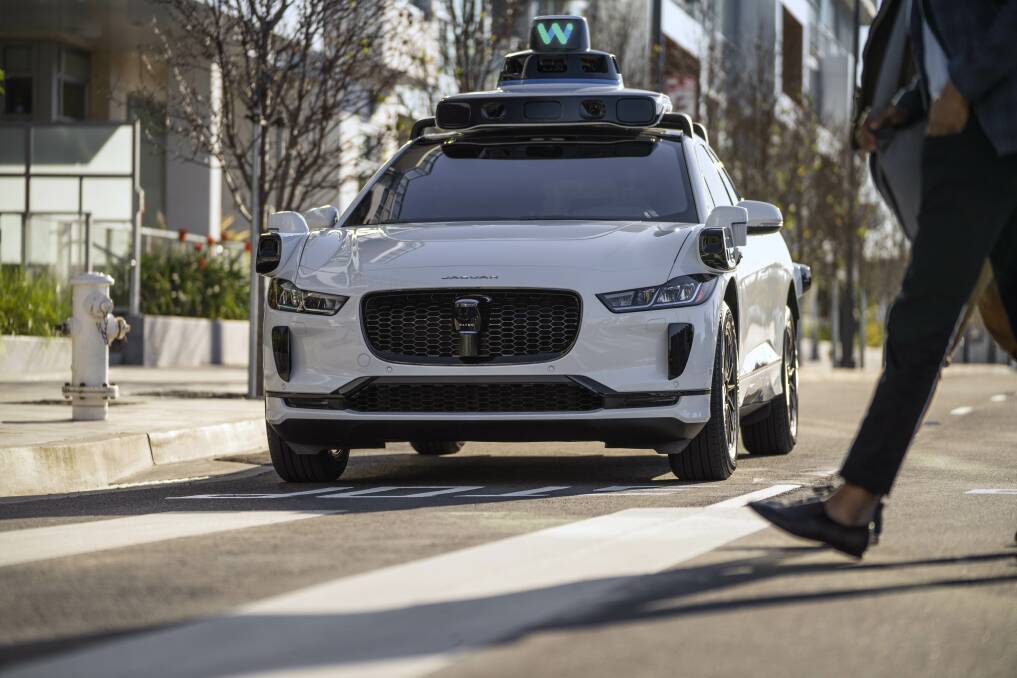
Yes, the self-driving car - that thing of the future - is actually already here.
I've booked a Waymo - a rideshare service, pretty much like Uber and Lyft.
Except, in this case, it's "waymo" exciting - because the driver's seat is empty.
The fully autonomous car drives itself - its steering moves when it needs to, and the taxi accelerates, slows down and brakes, depending on traffic lights and other vehicles on the road, using massive sensors and cameras, and cutting-edge technology such as radar, lidar and - of course - AI.
Downtown LA is heaving with life today - there are vehicles of all sorts on the streets: from bicycles, motorbikes and e-segways to compact cars, hefty four-wheel-drives and buses.
And my Waymo - an all-electric SUV Jaguar I-Pace - navigates its way through all of that, without a single glitch. It even reads and - more importantly - stops at temporary stop signs and takes detours as directed.
I have been reading about the advent of self-driving cars for years, but riding in one is the single most surreal moment of my life.
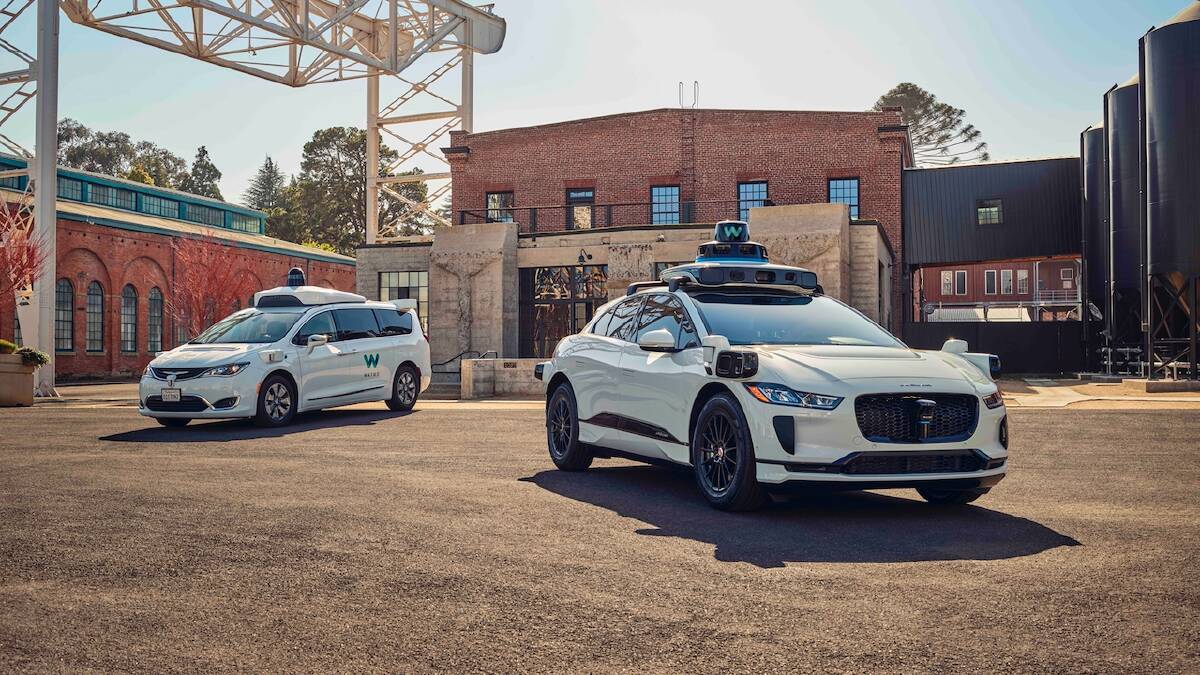
Travelling in a car with an empty driver's seat, with the steering turning clockwise and anticlockwise on its own, I feel like I'm in the company of a ghost.
What is Waymo?
Owned by Google's parent company, Alphabet, Waymo started off as Google's self-driving car project in 2009. It took the company nine years of research and development before the first fleet of self-driving cabs was launched in Metro Phoenix in 2018.
In 2022, the service was launched in select areas of San Francisco, and in March this year, the autonomous cabs were launched in more than 25 areas in the County of LA, including Beverly Hills, Santa Monica, West Hollywood and Culver City. Basically, in all the great parts where tourists go.
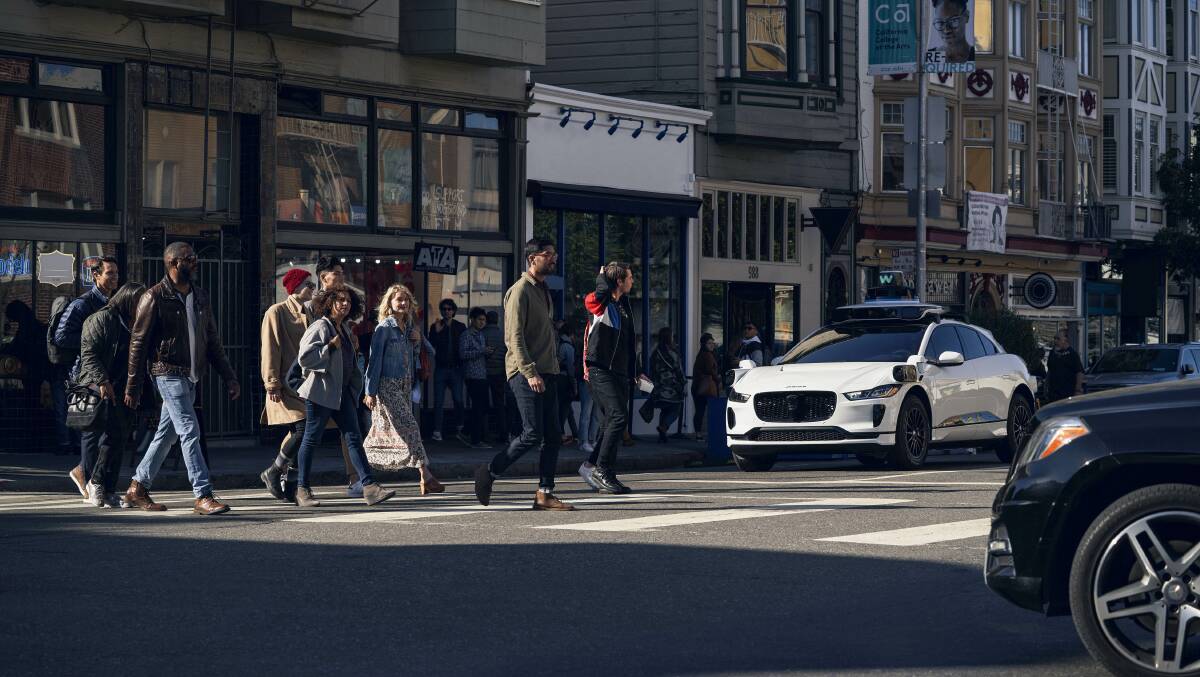
According to the US's peak automotive engineering organisation, Society of Automotive Engineers (SAE), there are six levels of driving automation - from 0 to 5, where 0 denotes a car which is in complete control of a human being, and 5 represents a vehicle where no human is involved in the driving process whatsoever.
Tesla - which dominates conversations and headlines on self-driving cars - is, in reality, trailing far behind in the autonomous-cars race.
Tesla's Autopilot technology is classified as level 2 by the SAE, while Waymo Driver is a solid 5.
For Waymo to launch the driverless cab service in any area, it has to first scour every square inch of the territory with incredible detail, mapping out driving lanes, bike lanes, traffic lights, footpaths, pedestrian crossings, stop signs ... basically everything.
The process is rigorous and therefore the expansion is painstakingly slow.
Austin, Texas, is next on the cards, with the service set to launch later this year.
How does it actually work?
It's pretty straightforward - download the Waymo One app (only available in the US), sign in with your Google account, verify your phone number (I used my Australian number) and join the waiting list.
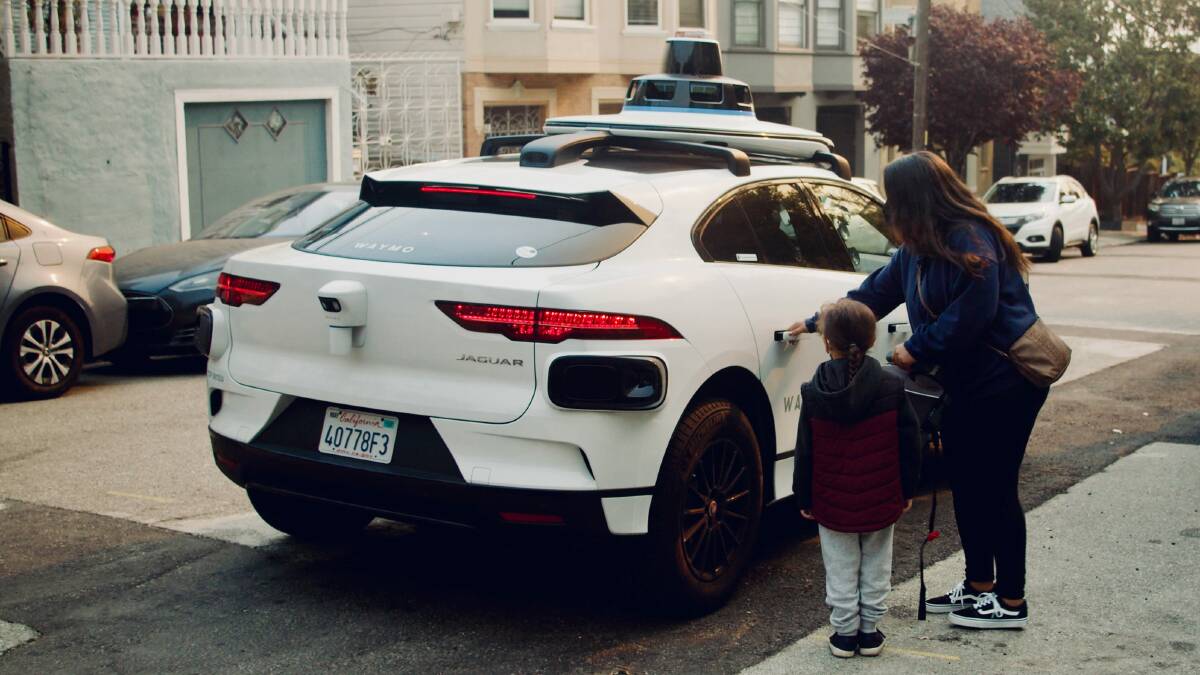
Yes, there's a waiting list. There's only a small fleet of these autonomous cabs on the streets of LA at the moment and the demand is huge, with 50,000 people on the waiting list. It can take a few weeks - even months - for customers to finally secure the coveted ride.
What happened during my ride
Once you get lucky, prepare yourself for Waymo to dictate a few terms.
I'm staying at the JW Marriott hotel in Downtown LA, and order a Waymo to Moxy hotel, which is only a few blocks away.
But instead of picking me up from my hotel, Waymo nominates a pickup spot nearby, where it knows there's a pickup zone.
I start walking towards the pickup point based on the directions on the app; the navigation is precise - significantly more accurate than, say, it is on the Google Maps app.
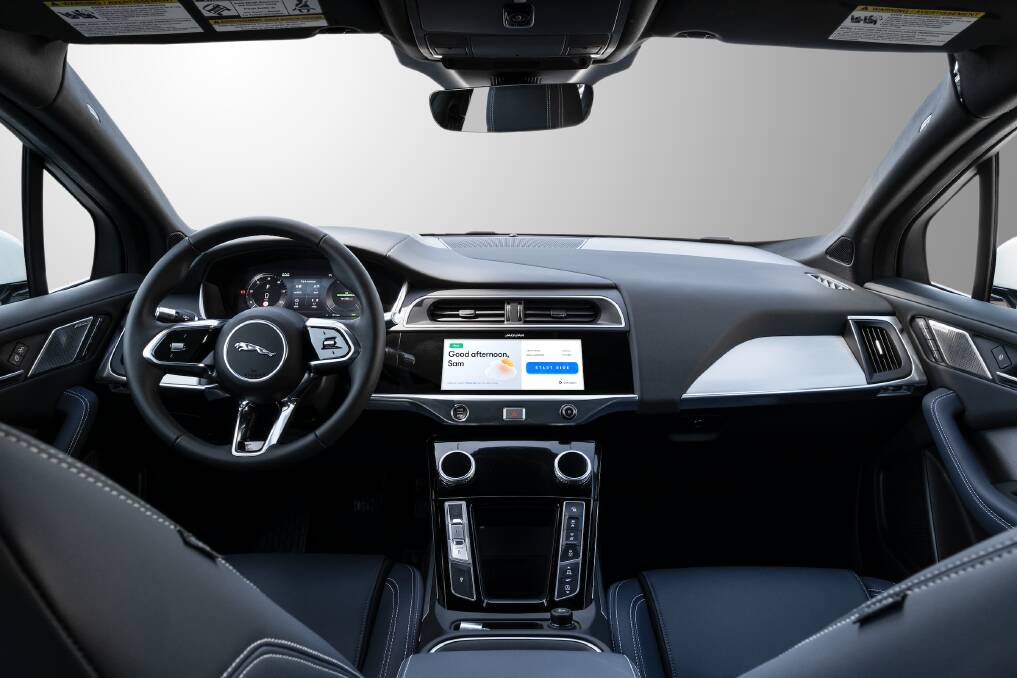
My Waymo is about 10 minutes away - and just like on an app like Uber, I can track its approach.
When it arrives, I try to get into it, but it's locked. That's when I notice a new blue button pop up on my app: "Unlock". A single press and the door handles pop out.
A Waymo passenger has one to five minutes - depending on the busyness of the pickup location - to get into the cab. And they can sit in any seat, except the driver's seat.
I hop into the back seat.
The car is marvellously clean, with plush leather finishes, and smells divine.
Hotel-lobby-kind-of music is playing.
I strap on my seat belt and wait.
Nothing happens.
I look at my app; a "Drive" button hasn't appeared, so I'm not sure what to do.
Which is when I notice a screen with a blue button saying, "Start ride."
As soon as I press the button, the hotel-lobby-kind-of music stops and a recorded message in a female voice sets some more rules.
"Hello from Waymo," she says. "As we get going, just give us a few minutes to cover a few riding tips."
Most of the spiel is pretty obvious: from "keep your seatbelts fastened" to "don't touch the steering wheel or pedals".
But there are some surprises, too.
"We may use interior cameras." So behave like you would in a hotel elevator with a camera.

"But our microphones are only on when you're connected to rider support."
Which brings me to the most important bit: in case of emergency, rider support is available through the screen in the car or your app.
There is also a "Pull over" button.
Not that I use any of it - my drive is smooth as.
At the end to the of the ride, I'm dropped off close to Moxy Hotel rather than right at its doorstep.
The ride costs $US9.80 ($14.80).
By comparison, I would have paid $US12.99 for an Uber for the same distance at the same date and time, which truly blows my mind because a trip in a self-driving, impeccably clean and marvelously scented Jaguar is far more exhilarating than in an entry-level UberX.
Is it safe?
The answer to that question is a work in progress.
In a statement to ACM, Waymo says: "The Waymo Driver experienced 85 per cent fewer crashes that led to injuries and 57 per cent fewer crashes reported to police than comparable human driving benchmarks over 7.1 million miles [11.4 million kilometres] of fully autonomous driving.
"The Waymo Driver avoids collisions better than even an always-attentive human driver, preventing more crashes and reducing the severity of injuries."
But that was not entirely true for Waymo's archnemesis, Cruise. The autonomous vehicle subsidiary of General Motors launched its own fleet of self-driving robotaxis in San Francisco in 2022, but ran into significant issues, when - according to Reuters - one of its cabs hit a pedestrian in October last year, and dragged them six metres.
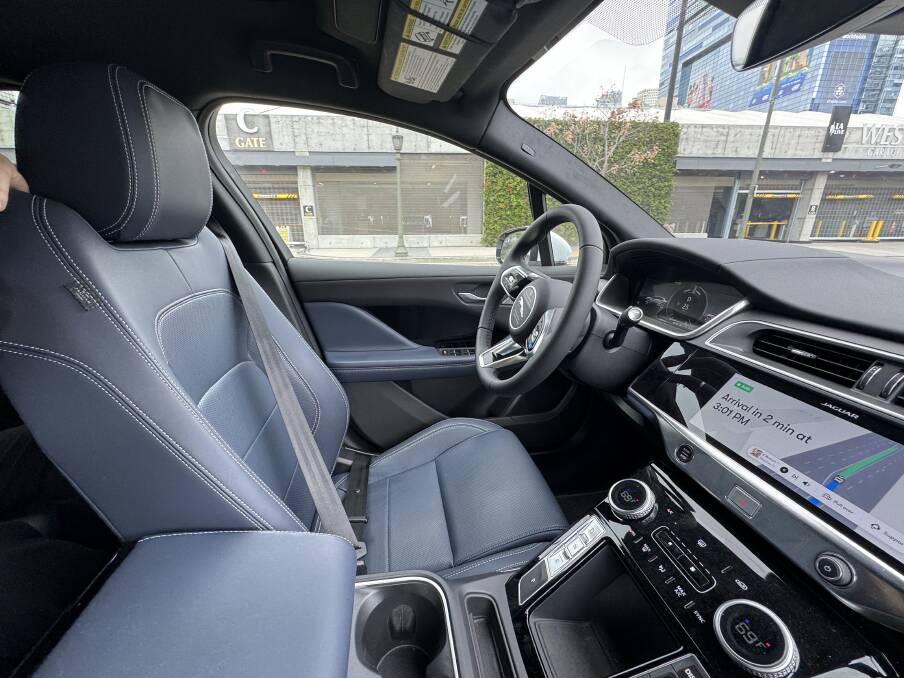
The California Department of Motor Vehicles immediately revoked Cruise's licence, with the company - according to Forbes - halting "all robotaxis nationwide".
Waymo has had some teething problems, too. Only a couple of weeks ago, a Waymo taxi was spotted - and filmed - driving on the wrong side of the street in San Francisco.
In a statement to the San Francisco Chronicle, the company said it was the best course of action in the given circumstances and was "out of an abundance of caution". But that's up for debate.
Despite the distraction, Waymo is charging ahead - expanding its territory in San Francisco last week to include the Peninsula region.
So when is Waymo coming to Australia?
"Waymo certainly has aspirations for international expansion," a Waymo spokesperson told ACM.
"But for now, we are laser-focused on scaling and commercialising the US cities we currently operate in."
In other words, it'll be a while before we can ride in a driverless taxi in Australia.
In the meantime, though, your best bet is visiting Phoenix in Arizona, where there's no waiting list and the Waymo network covers 582 square kilometres - the largest fully autonomous service in the world (about 10 times the size of Manhattan).
You can try your luck in LA and San Francisco, too, but there are waiting lists - 50,000 in LA; more than 200,000 people in San Francisco.
Clearly, everyone wants a piece of Waymo.


